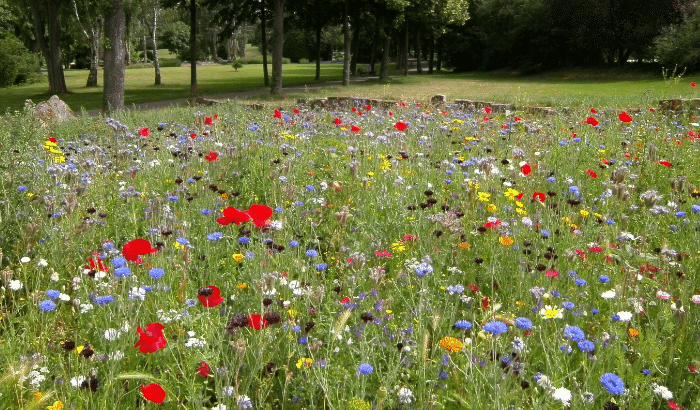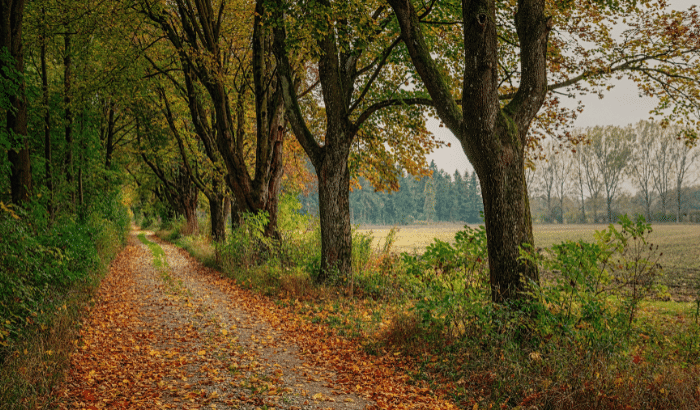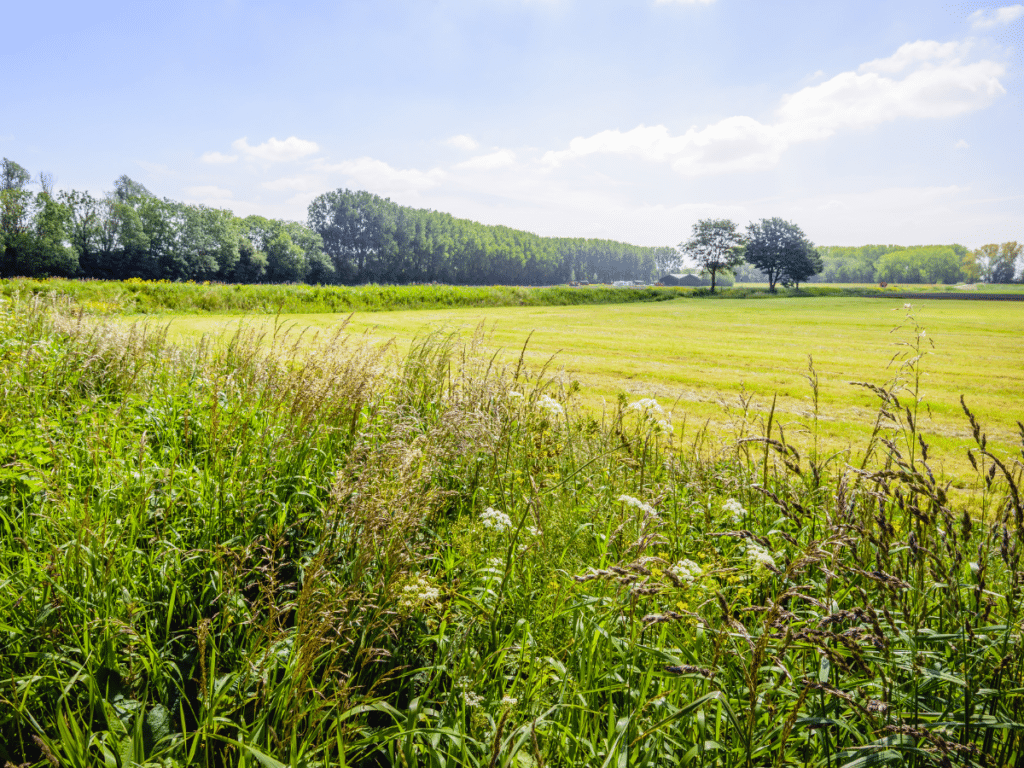What is Countryside Stewardship?
Of the many agri-environment schemes, Countryside Stewardship (CS) is perhaps the most well-known. As Basic Payment Scheme funding continues to decline, and the new Environmental Land Management schemes (ELMs) gain more traction, farmers and land managers must stay abreast of schemes that not only benefit their land’s finances but also contribute positively to the environment. So, what exactly is Countryside Stewardship, and why should farmers and land managers engage with it?

Understanding Countryside Stewardship
Countryside Stewardship schemes are designed to provide financial support to farmers and land managers in England, facilitating the improvement of their local environment. Whether it’s restoring wildlife habitats, creating woodlands, or managing flood risk, CS aims to enhance various environmental aspects while ensuring sustainable agricultural practices.
CS is divided into two tiers, each catering to specific needs and priorities:
Mid Tier: This scheme targets the majority of farmers and land managers, offering support to protect and enhance the environment. It provides multi-year management grants and capital grants to improve biodiversity, water quality, air quality, and natural flood management.
Higher Tier: For more complex environmental management schemes with significant benefits to high-priority areas. It offers additional environmental benefits alongside existing agreements, focusing on sites that require intricate management practices.
Why Engage with Countryside Stewardship?
Designed to support farming with nature in mind, stewardship stands to bring key benefits to farmers as well as enhancing the surrounding environment:
- Financial Support: Stewardship provides funding for implementing environmental improvements on farms, easing the financial burden of adopting sustainable practices.
- Conservation: By participating in Countryside Stewardship, farmers actively contribute to biodiversity conservation, habitat restoration, and improved natural resource management.
- Long-term Sustainability: CS encourages sustainable land management practices, ensuring the long-term viability of agricultural operations while safeguarding the environment.

What’s New for 2024?
As we step into 2024, Countryside Stewardship is undergoing several enhancements and updates:
- Integration with Sustainable Farming Incentive (SFI): From July 2024, SFI and CS offers will be combined, allowing applicants to select appropriate actions from both schemes. This integration aims to streamline the application process and enhance support for sustainable farming practices.
- Expanded Range of Actions: CS introduces over 180 revenue actions, including new options for agroforestry, boundary management, waterbody restoration, precision farming, and moorland conservation. These additions offer farmers more flexibility and opportunities to tailor their agreements to specific needs.
- Updated Options: Existing CS options have been updated to better meet the evolving needs of farmers and land managers. For example, eligibility criteria for woodland management have been expanded, and grassland habitat options have been made more flexible.
- Enhanced Facilitation Fund: The Facilitation Fund, designed to support collaborative environmental initiatives among farmers, undergoes improvements to increase accessibility, flexibility, and support services for participants.
For more information, see our updates from Defra, here.
Countryside Stewardship is set to remain an essential part of environmental land management for farmers and land managers in England. This year marks an especially exciting opportunity to apply to the scheme, as we’ve outlined above. If you’re considering the viability of Countryside Stewardship on your farm or land, mapping out your options is a great place to start. Land App’s bespoke Countryside Stewardship template has been designed with exactly this in mind.
Get support with your Countryside Stewardship application
Watch our webinar where we showcase how you can use our tools to plan your application.
The session includes guidance on a new Countryside Stewardship Validator to quickly identify any areas of potential error or conflicts.

